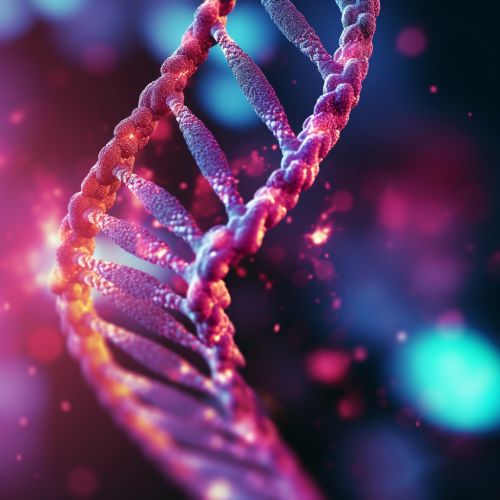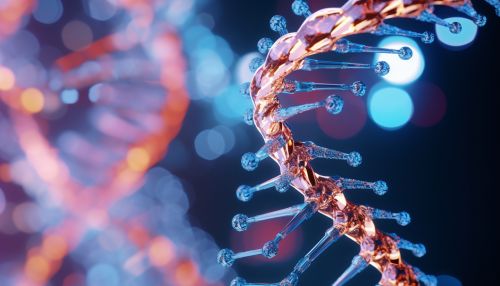The Role of Epitranscriptomics in Gene Expression
Introduction
Epitranscriptomics, also known as RNA epigenetics, is a field of study that focuses on the function of RNA modifications in the regulation of gene expression. This field has evolved rapidly with the advent of high-throughput sequencing technologies and the discovery of numerous RNA modifications. The most common and well-studied modification is N6-methyladenosine (m6A), but others such as pseudouridine, 5-methylcytosine (m5C), and inosine are also important. These modifications can affect RNA stability, translation efficiency, and splicing, thereby influencing gene expression and cellular function.


RNA Modifications and Their Functions
RNA modifications are post-transcriptional alterations made to RNA molecules. They can occur at any stage of the RNA life cycle and can affect various aspects of RNA function. The most common RNA modifications are methylation, pseudouridylation, and editing.
Methylation
Methylation, specifically m6A methylation, is the most prevalent modification in eukaryotic mRNAs and long non-coding RNAs (lncRNAs). It is installed by a complex of proteins known as the m6A methyltransferase complex, which includes METTL3, METTL14, and WTAP. The m6A modification can be removed by the demethylases FTO and ALKBH5. This dynamic and reversible nature of m6A modification is reminiscent of DNA and histone methylation, and it has led to the concept of an "RNA epigenome".
Pseudouridylation
Pseudouridylation is the isomerization of uridine to pseudouridine, which is catalyzed by pseudouridine synthases. Pseudouridylation can affect RNA stability and translation, and it is essential for the function of some non-coding RNAs.
Editing
RNA editing is a process that alters the nucleotide sequence of an RNA molecule after it has been transcribed from DNA. The most common type of RNA editing is A-to-I editing, in which adenosine (A) is deaminated to inosine (I) by the ADAR family of enzymes. Inosine is read as guanosine (G) by the cellular machinery, so A-to-I editing can lead to changes in the protein-coding sequence of mRNAs.
Role of Epitranscriptomics in Gene Expression
Epitranscriptomic modifications can influence gene expression in several ways. They can affect RNA stability, translation efficiency, and splicing, and they can also influence the interaction of RNAs with proteins and other RNAs.
RNA Stability
RNA modifications can affect the stability of RNA molecules. For example, m6A methylation can promote the degradation of mRNAs by recruiting the YTHDF2 protein, which interacts with the CCR4-NOT deadenylase complex to remove the poly(A) tail of mRNAs.
Translation Efficiency
RNA modifications can also influence the efficiency of mRNA translation. For instance, m6A methylation can enhance translation by recruiting the eIF3 translation initiation complex via the YTHDF3 protein. Similarly, pseudouridylation can enhance translation by stabilizing the codon-anticodon interaction in the ribosome.
Splicing
RNA modifications can affect the splicing of pre-mRNAs. For example, m6A methylation can promote the inclusion of exons in mRNAs by recruiting the YTHDC1 protein, which interacts with the splicing factors SRSF3 and SRSF10.
RNA-Protein Interactions
RNA modifications can influence the interaction of RNAs with proteins. For example, m6A methylation can affect the binding of proteins to mRNAs and lncRNAs, thereby influencing their function. Similarly, A-to-I editing can affect the binding of proteins to RNAs by changing the nucleotide sequence of the RNAs.
Epitranscriptomics and Disease
Aberrant epitranscriptomic modifications can lead to disease. For example, mutations in the genes encoding the m6A methyltransferase complex or the demethylases can lead to cancer, neurological disorders, and cardiovascular diseases. Similarly, dysregulation of pseudouridylation or A-to-I editing can lead to disease.
Future Directions
The field of epitranscriptomics is still in its infancy, and many questions remain to be answered. For example, what are the functions of the less well-studied RNA modifications? How do RNA modifications interact with each other and with other layers of gene regulation? How can we exploit our knowledge of RNA modifications for therapeutic purposes? The answers to these questions will greatly enhance our understanding of gene regulation and disease.
